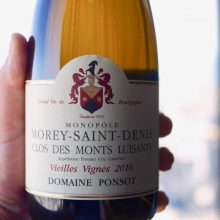
Product information
Domaine Ponsot Morey-Saint-Denis 1er Cru Clos des Monts Luisant Blanc MAGNUM 2016
$950
Description
The nuances of Burgundy’s appellation system once again come into play when Ponsot secured a ruling allowing them to produce a 1er Cru white from the 1er Cru Monts Luisants vineyard from what was lambasted as a secondary grape variety by the AOC. This is unlike any other Aligoté I’ve tried.
Where Aligoté is typical the favoured mixer with cassis to make the traditional Kir apperitif, Ponsot’s ageworthy version demands attention.
Most of the vineyard was planted in 1911. It took until 2011 for permission for to replant any exhausted vines with Aligoté.
Alex, highlighted that it is less differentiated from Chardonnay in its youth, yet unmistakable as it ages. Spice and minerality build here compared to honey and nutty characrters for Charonnay.
Of the 2016, mind blown! Excellent harmony, layering and complexity. A wonderful fine texture. Incredible purity. Amazing how much flavour built after it’s swallowed. A wonderfully fine line of acid with great length.
Out of stock





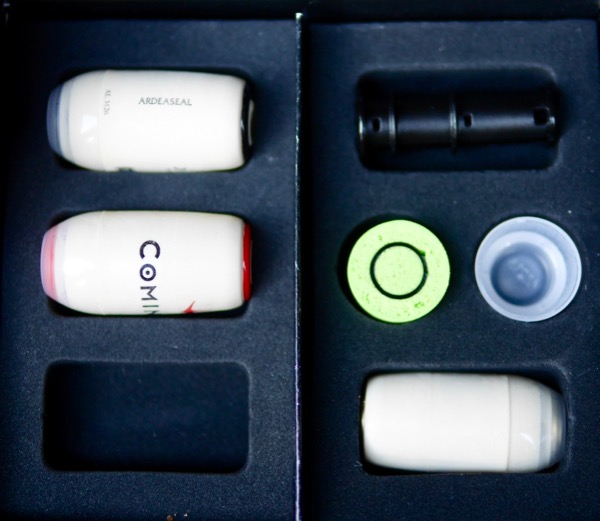
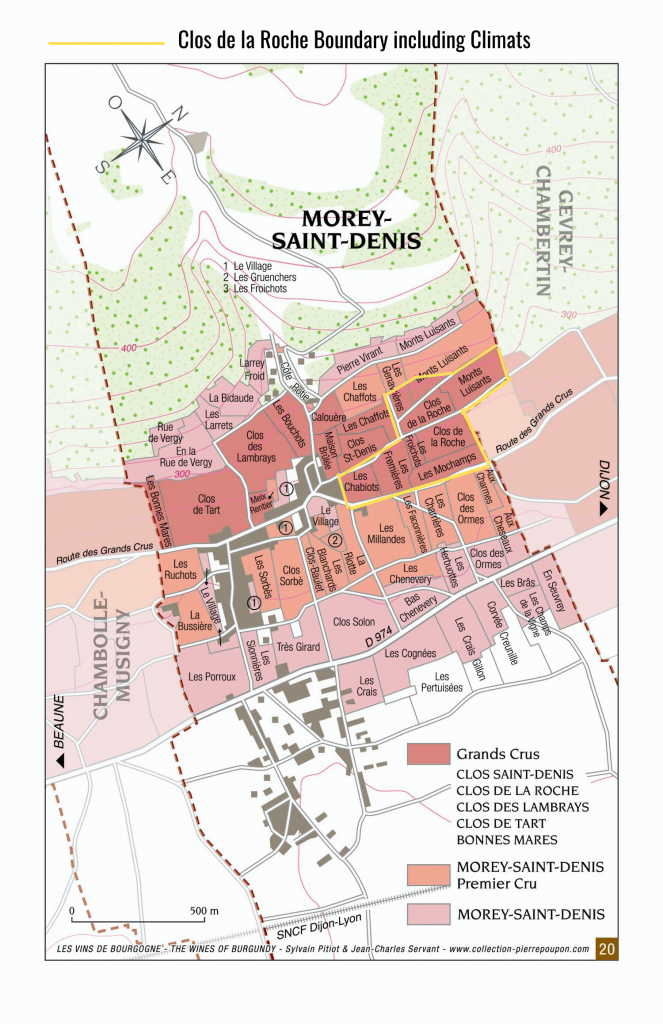
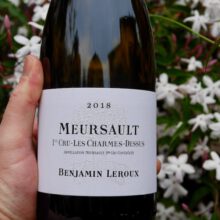
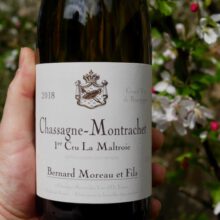
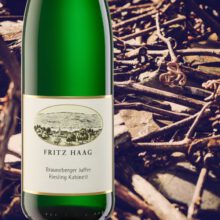
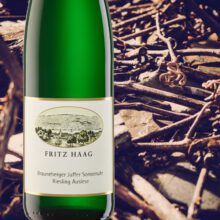
You must be logged in to post a comment.